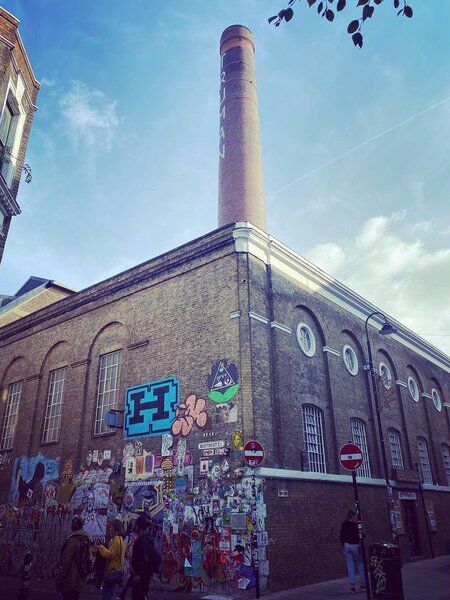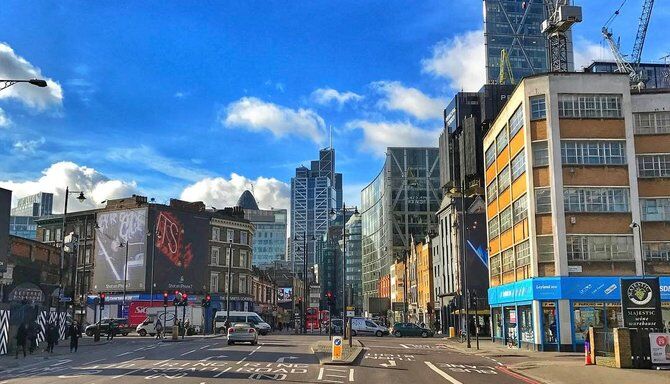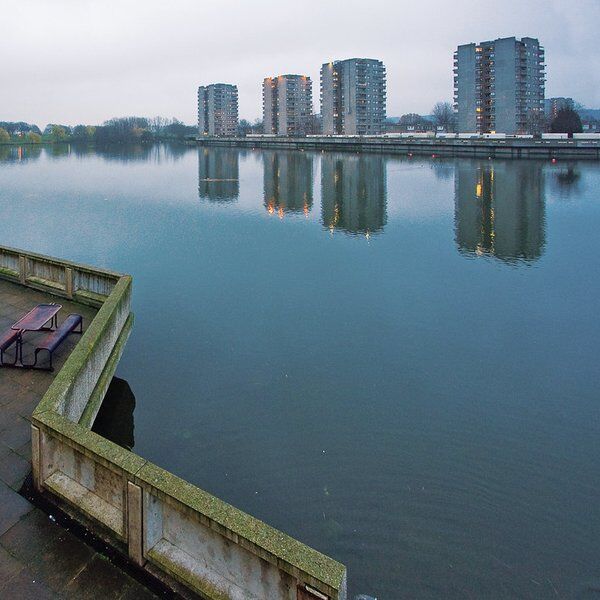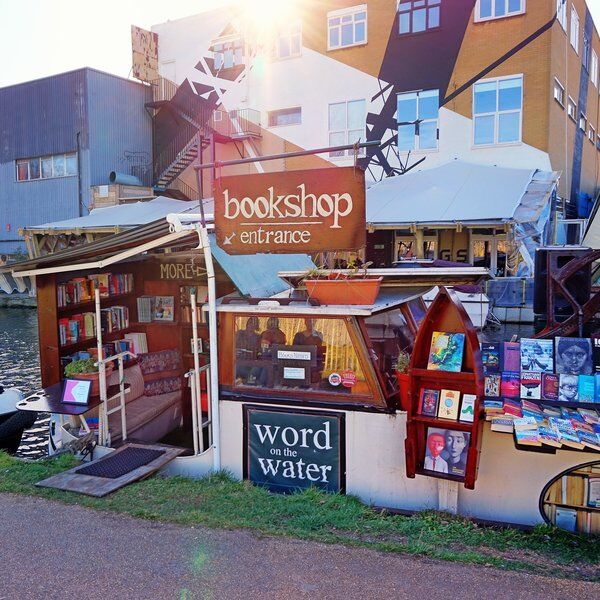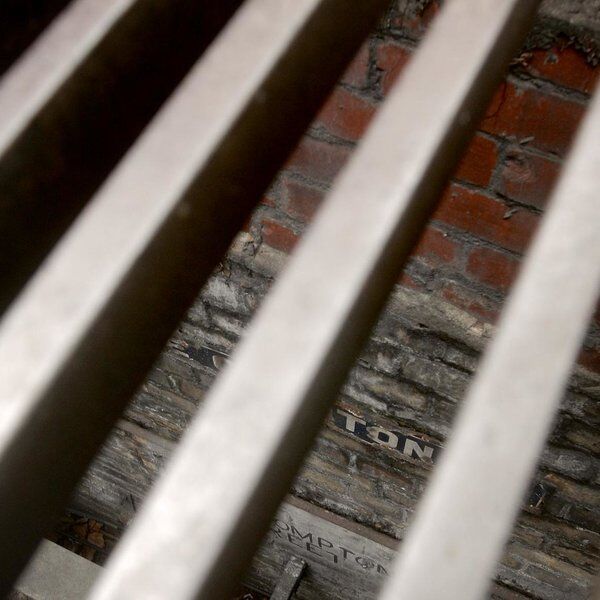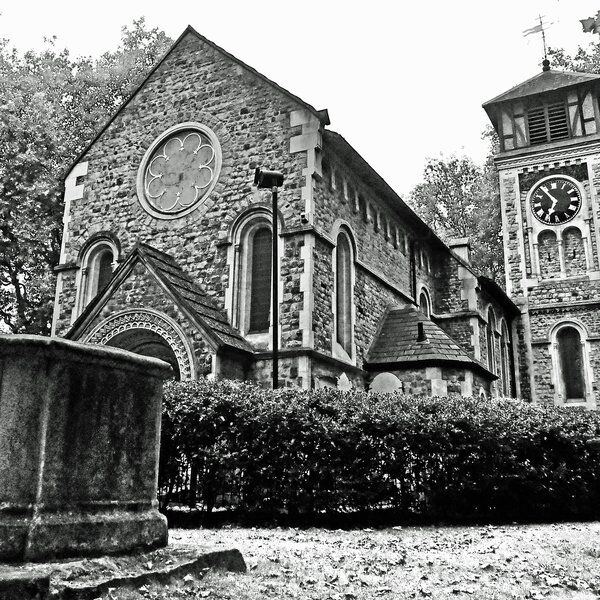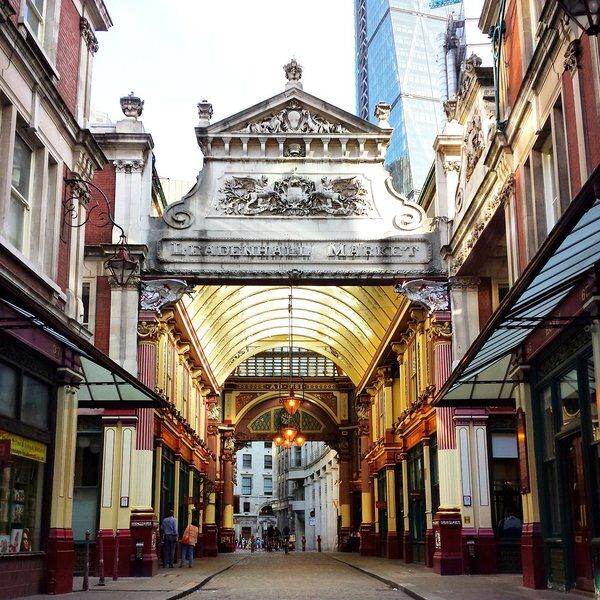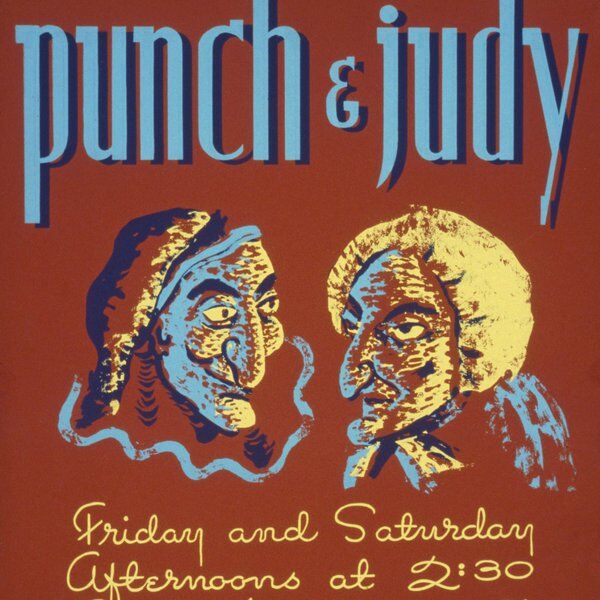Looking to explore Shoreditch? Solve a trail of clues that'll guide you through the quirks, gems and street at, a CityDays Shoreditch urban adventure.

Shoreditch High Street's Dramatic History
Hidden away in East London lies the hippiest neighbourhood in the London family. Unlike some areas, which cast an uppity and pompous shadow, Shoreditch charms in the East with its funky, carefree vibe. But this wasn’t always the case.
Shoreditch is often referred to as 'London's Canvas' and since the 16th century it's clear that this canvas has been marked by the lavish brushstrokes of both time and circumstance.
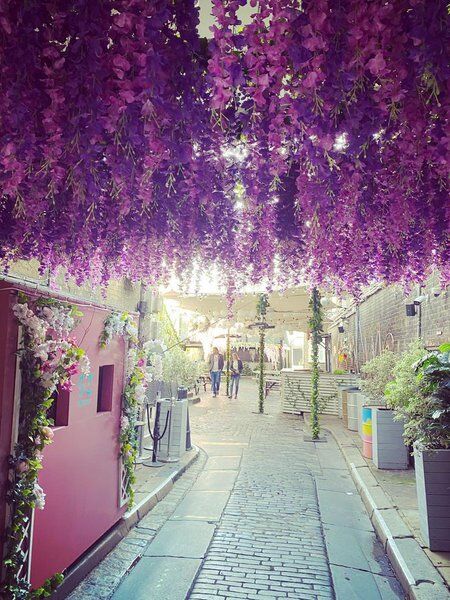
16th Century
Shoreditch High Street was home to the first Elizabethan Playhouse. The timbers of this theatre were later incorporated into Shakespeare's Globe Theatre.
17th Century - 19th Century
The 1600s saw Shoreditch, along with nearby Bethnal Green, become a textile powerhouse followed by a boom in the furniture, and other, industries in the 19th Century. These industries had to bow down to competition pressures from other districts, however triggering a downward spiral towards the end of the 1800s. This forced Shoreditch into poverty, crime and prostitution, and was exacerbated by the Blitz of WWII.
20th Century
In the 1960s the Kray Brothers, having seen its potential, monopolised Shoreditch as part of their acquisition of properties across East London.
In the 1970s and 1980s, Shoreditch High Street got a name for itself as a trendy fashion centre, providing an alternative to Soho, Seven Dials and The West End. Little boutiques and unfamiliar 'curry houses' began to frame the streets of Shoreditch, giving the High Street an eclectic edge.
The '80s and early '90s saw Shoreditch embrace the rave and house music scene and clubs like Whirligig and 333 Club began to pop up.
Over the course of the 1900s, Shoreditch's eclectic, or hipster, potential became more potent but as a whole it remained a shabby, derelict working-class district that attracted very little life to the area. So, what changed?
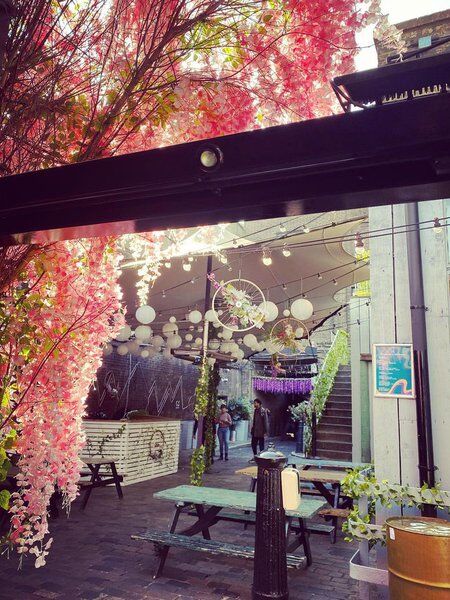
Shoreditch High Street as we know it Today
During the early 1990s, Shoreditch, much like Shad Thames, became a hub for creatives and students seeking out cheap housing, even Banksy in the late 1990s. Around the same time, films like 'Lock Stock and Two Smoking Barrels' put Shoreditch and other East London areas on the map, as trendy places of interest.
Slowly the dynamic changed, the bars began to spill over with fashion students, musicians, and artists. By the end of the '90s Shoreditch became one of the most popular destinations for a whole hoard of Londoners to have a drink and blow off steam on the weekend.
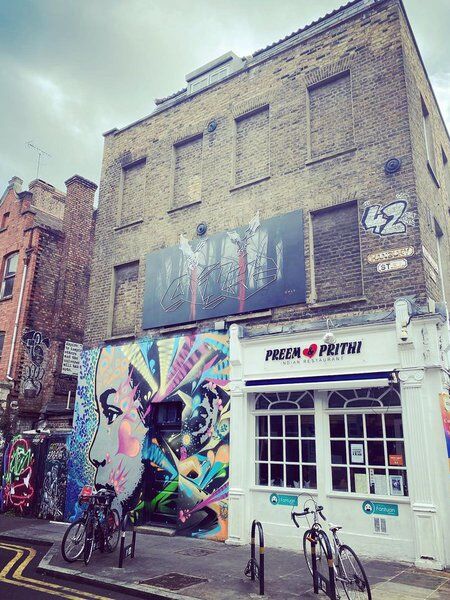
What can you do in Shoreditch High Street?
In the space of two decades Shoreditch High Street has made it to the world stage as a reputable area famous for its art, culture, and good food.
In the past, attractions along The High Street Shoreditch included both the prestigious National Standard Theatre (from 1837-1940) and the London Music Hall, also known as Shoreditch Empire (from 1856-1934). Although, no traces of either of these buildings remain and highlights along Shoreditch High Street today range from ping pong to artisan coffee shops, authentic vintage stores, eye-catching graffiti, and limitless – not to mention delicious – vegan delights. The latter are so good, even the non-vegans among us won’t mind!
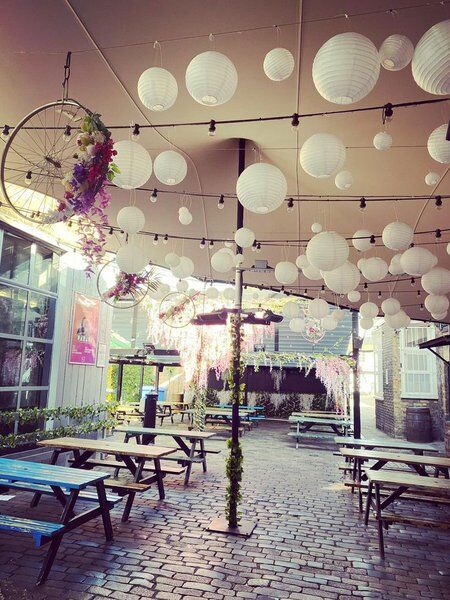
BOXPARK
In staple Shoreditch fashion, BOXPARK is a community of carefully selected brands, some familiar and some independent, that specialises in art, food, drinks and fashion. The award-winning retail revolution -- built in 2011 from shipping containers -- is an effortless amalgamation of a modern street-food market and a pop-up shopping mall.
Bounce
Ping pong your weekend away at Bounce, where the closest station is only a three-minute walk away! Bounce is the ideal bar to drag your mates, your colleagues, or even your family to. It plays great music, serves punch-packing cocktails, and even challenges you to participate in prize winning tournaments.
The Magic Roundabout
Stepping inside this trippy, alternate universe is definitely one for your bucket list! Situated in the middle of a roundabout (of course!) The Magic Roundabout is accessed via a staircase inside Old Street tube station. Throughout the summer it plays host to an array of cool events and is great for sipping Pimm's and enjoying a good burger after work!

Old Spitalfields Markets
Old Spitalfields Market is East London's original marketplace. United under one Victorian roof retailers, restaurants, market stalls and street-food traders (The Kitchens) exist in perfect, sweet-smelling, harmony.
It provides a great alternative to the High Street, ranking highly as one of the best non-touristy things to do in London.
However, the stores dotted along Shoreditch's High Street themselves, with their colourful vintage statement pieces and sparkly sequins, are not to be missed. Even if you are simply window shopping!
Shoredification: Gentrifying Shoreditch High Street
Capitalizing on the popularity of 'hipster counter-culture' in Shoreditch, the housing market has caused property prices to skyrocket in the area. Pushing out many of the artist and student types, who shaped modern-day Shoreditch, as a consequence. This has opened the area up to protests against gentrification, or 'Shoredification', as it is now known.
Shoreditch relies on street art to fight gentrification.
However, some believe that Shoreditch can preserve its culture through its famous street art. The street art that is constantly changing, but is constantly prevalent, keeping Shoreditch true to its roots.
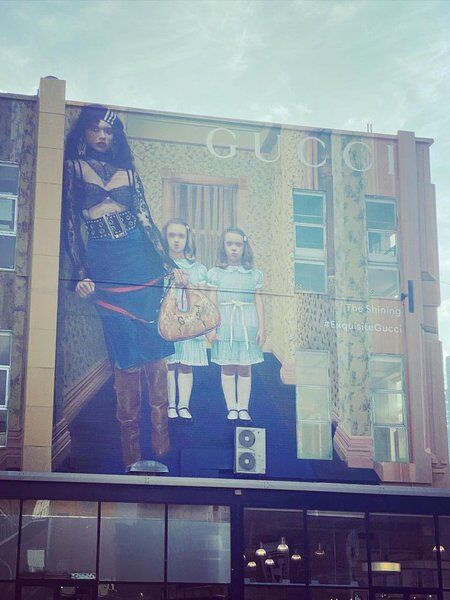
Our thoughts...
From prestigious theatres and Victorian warehouses to rags and ruins to ping pong bars, peacock feathers, and vegan donuts: there is no doubt that few other London enclaves have endured such a dramatic change of scene. We only hope that Shoreditch doesn't lose that funky edge, and the High Street remains a winding maze of cultural delights and hip happening madness.
